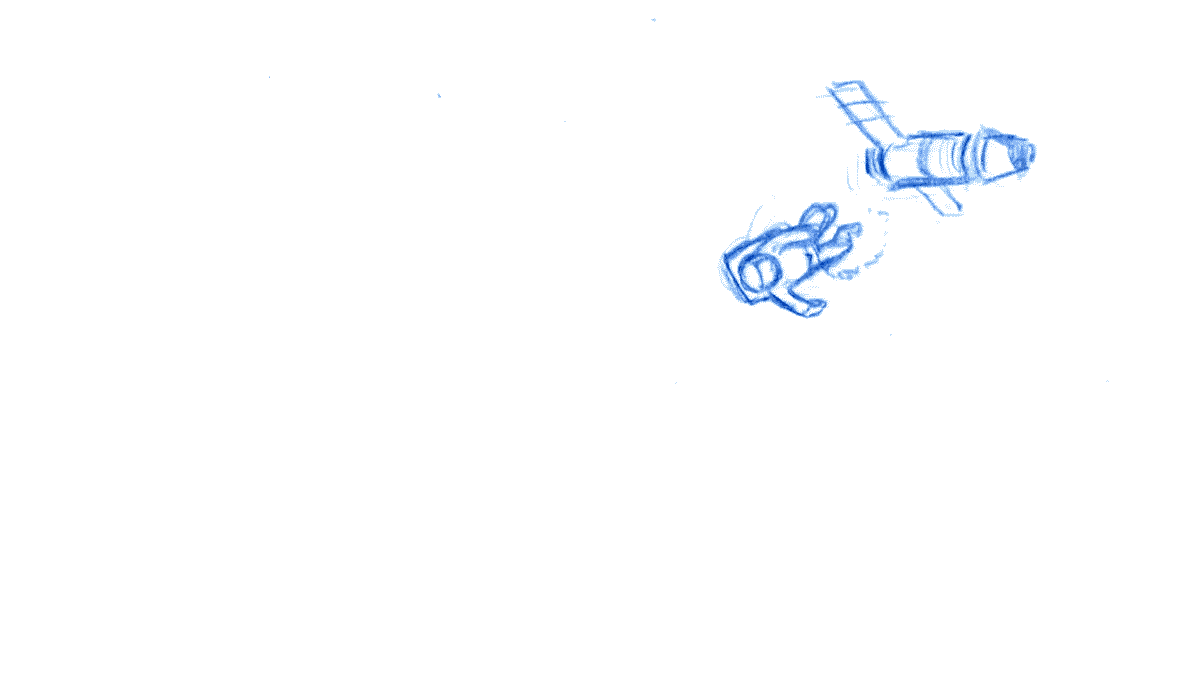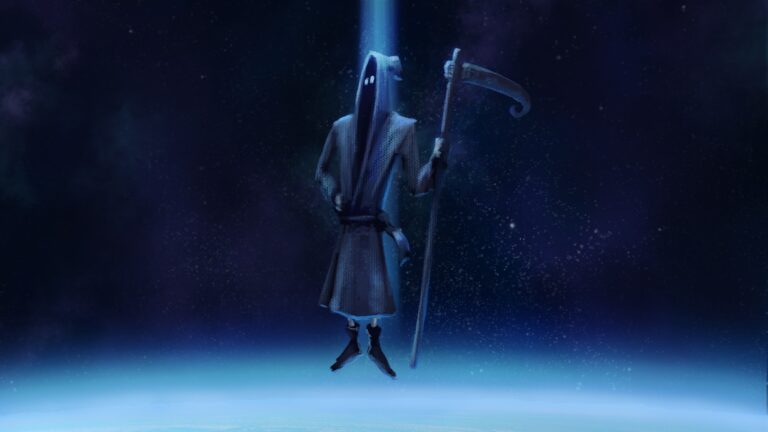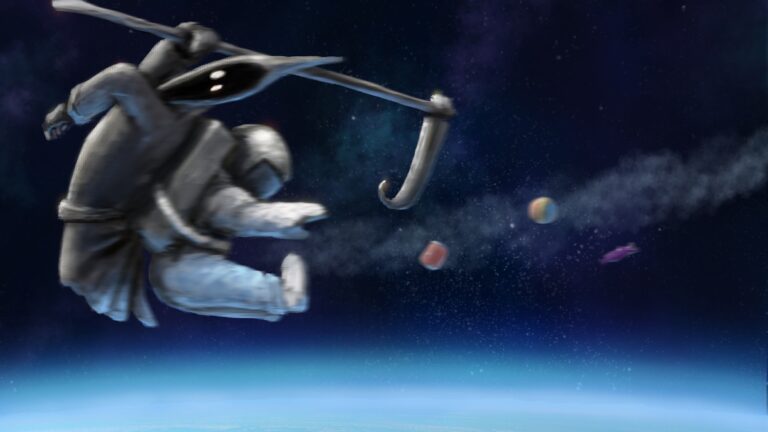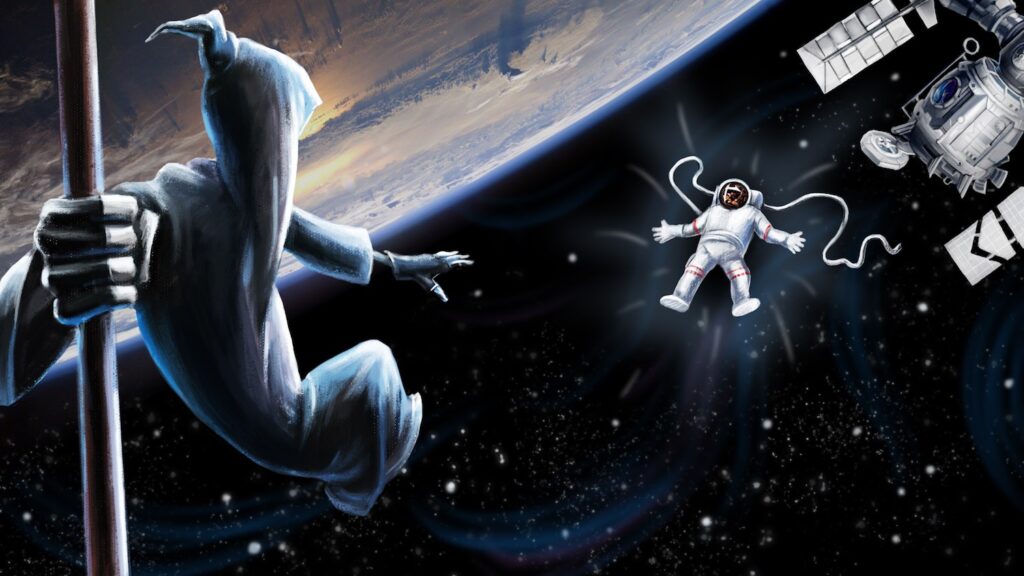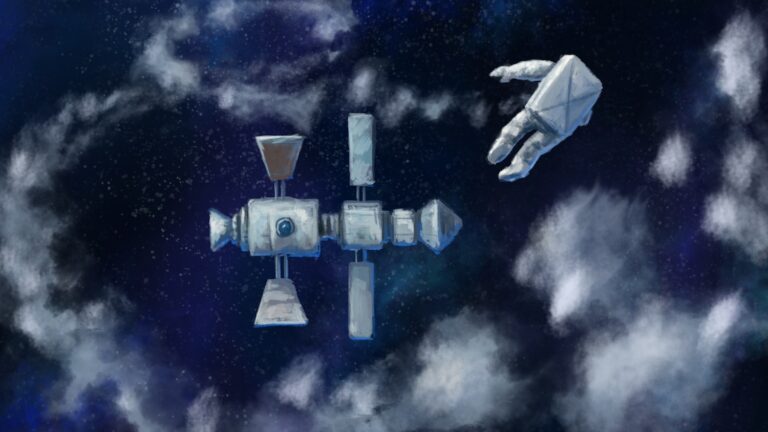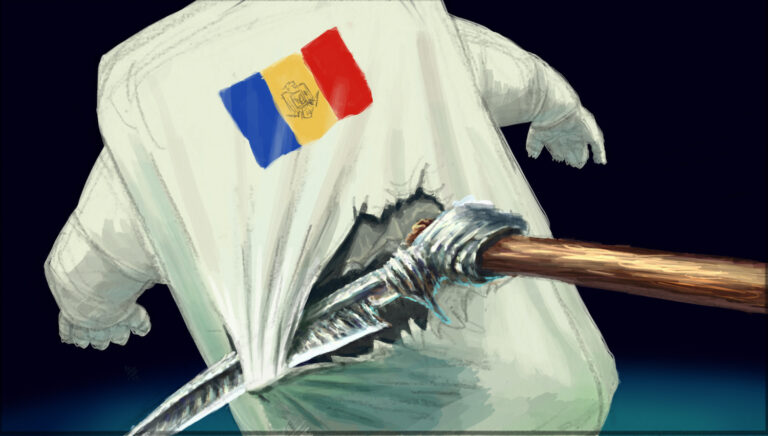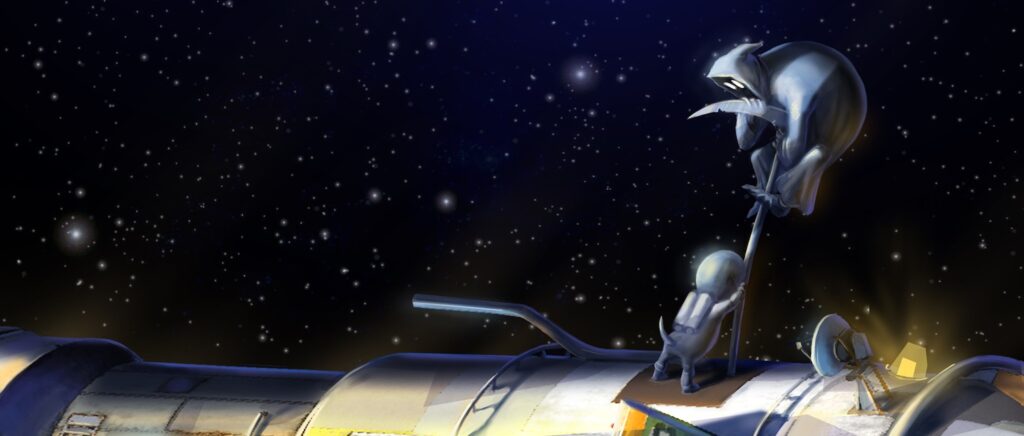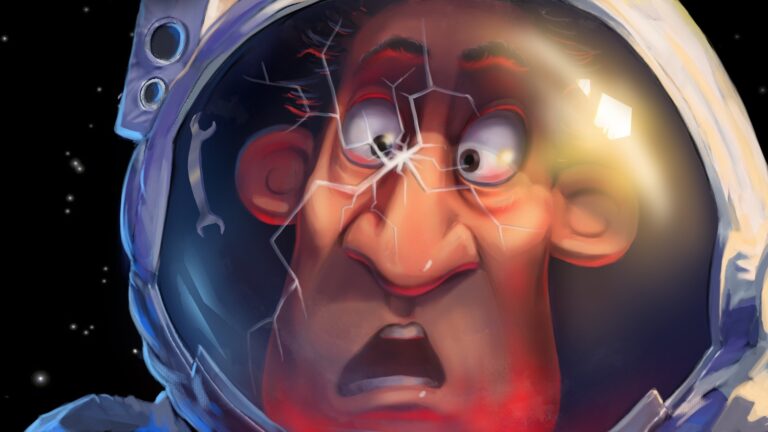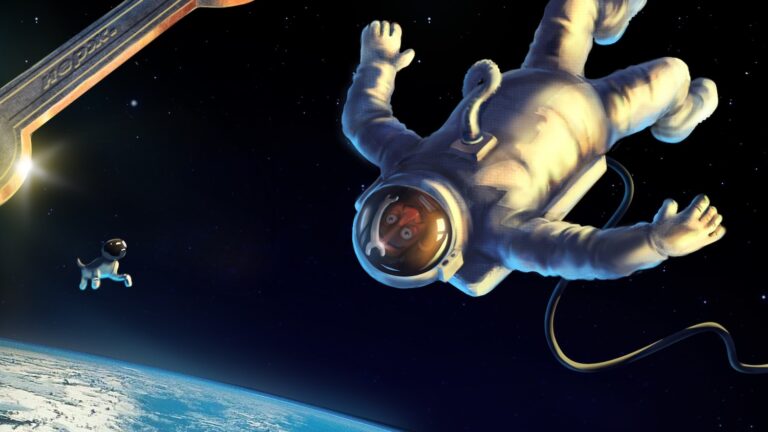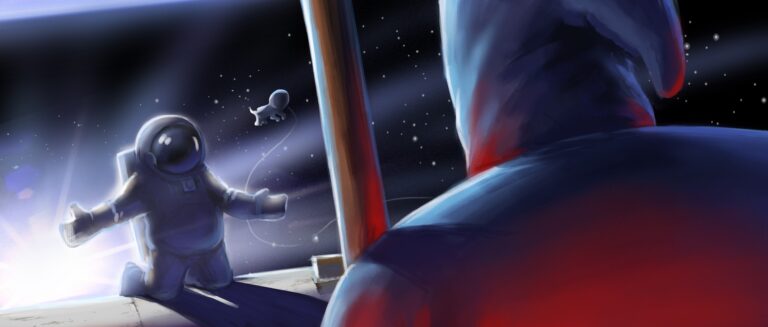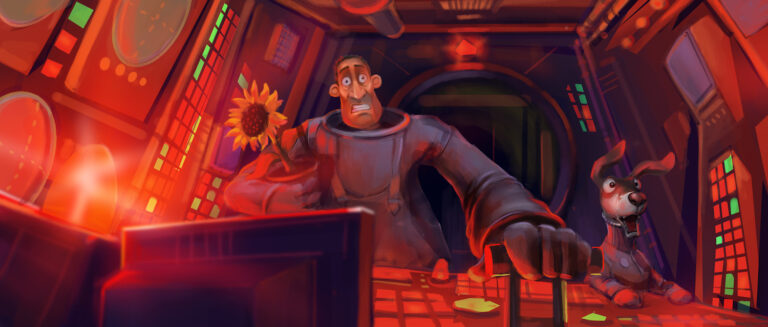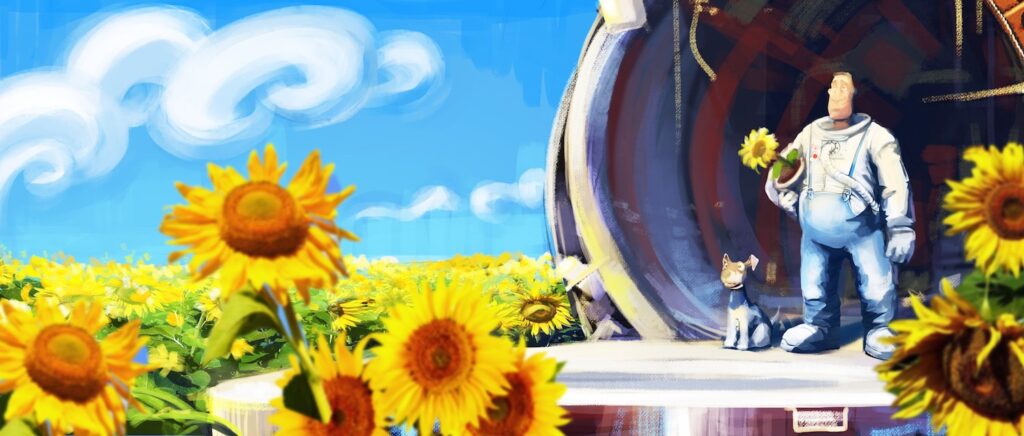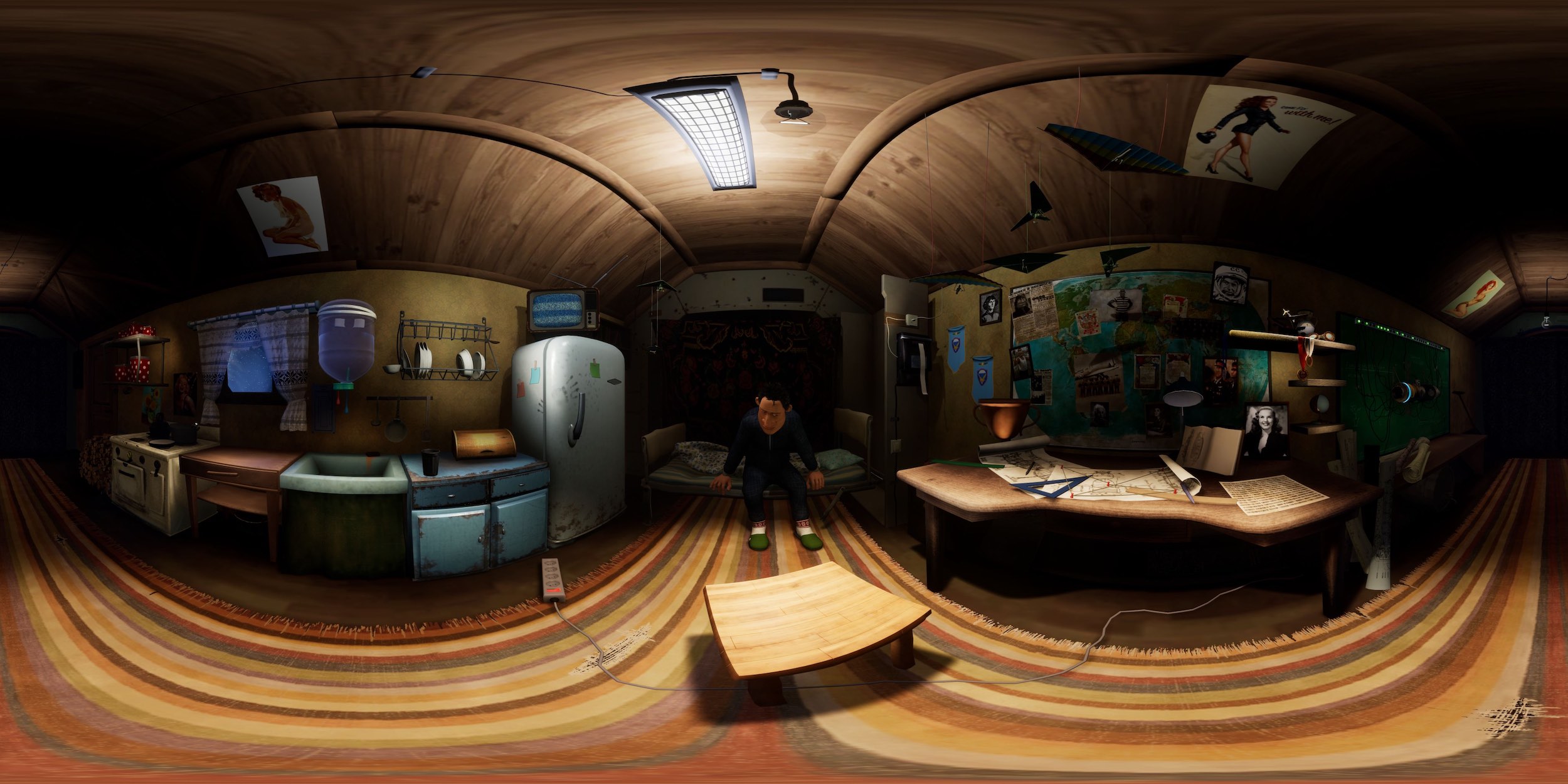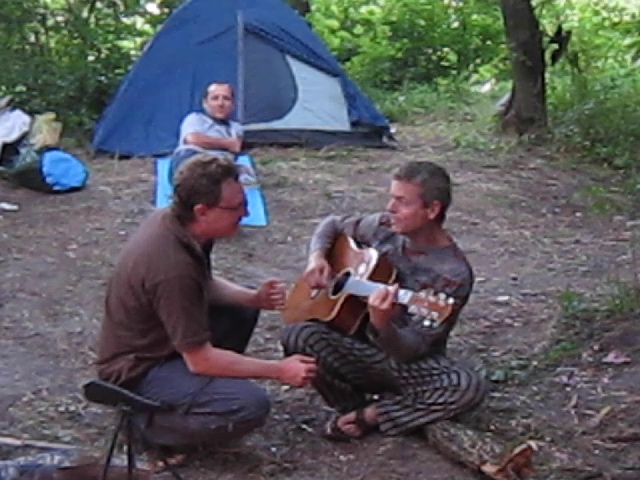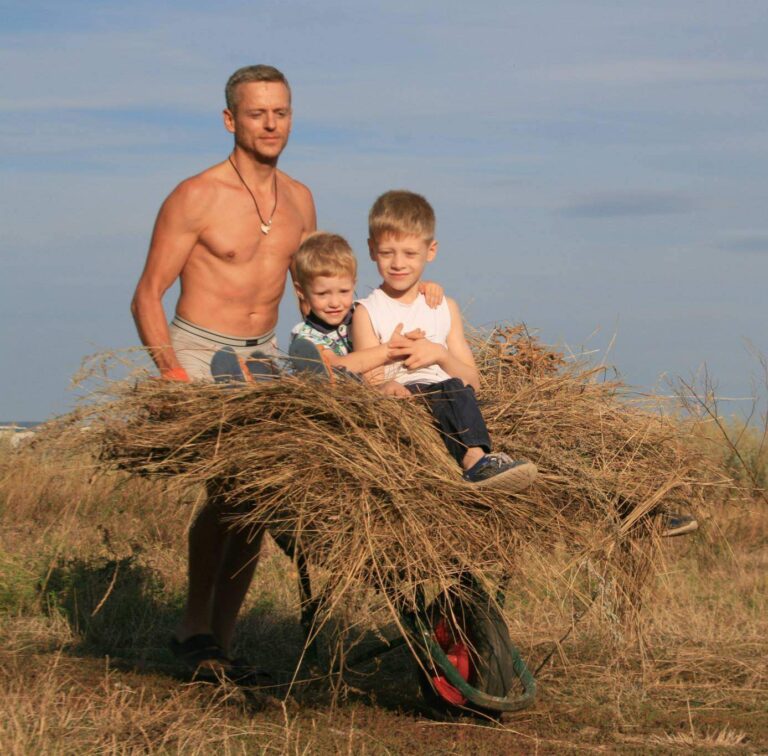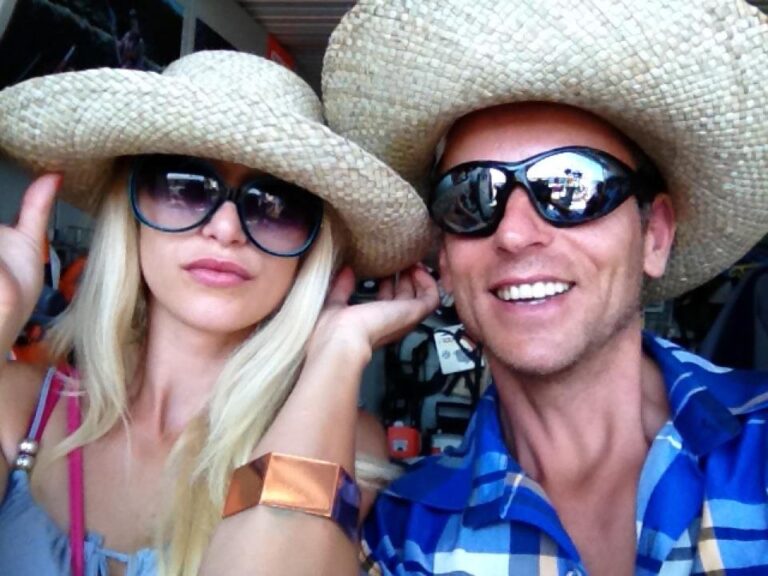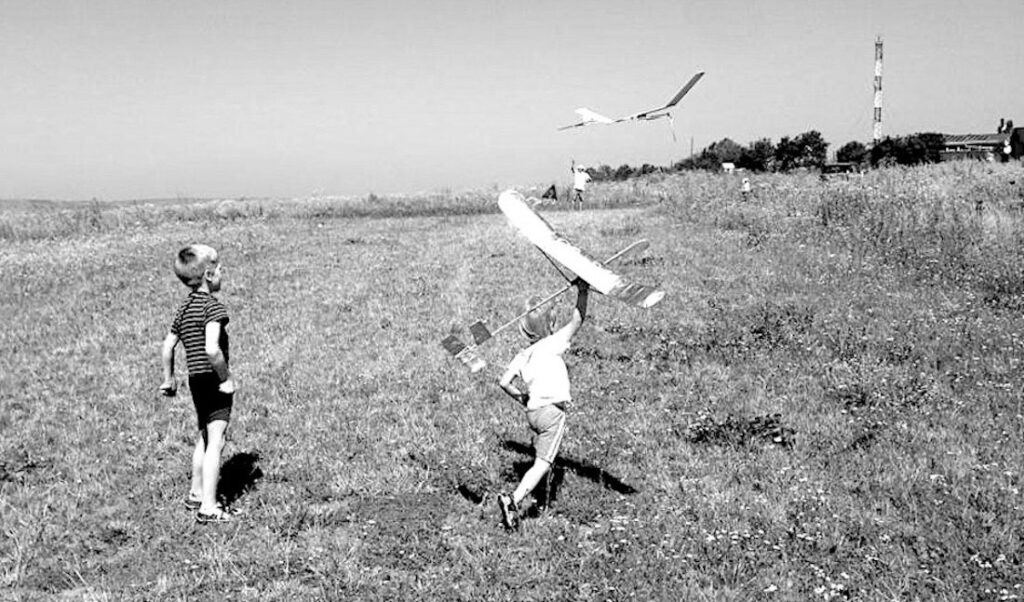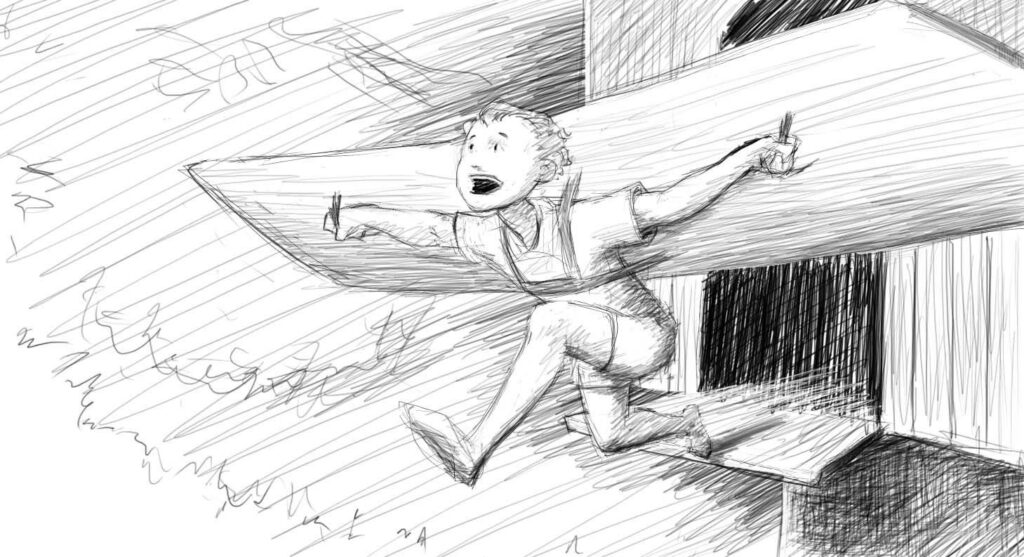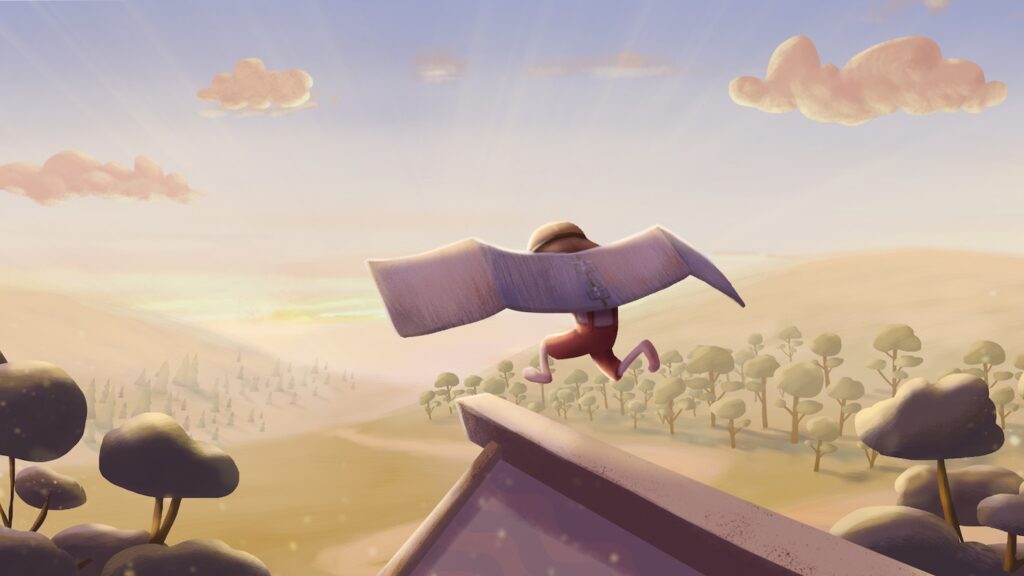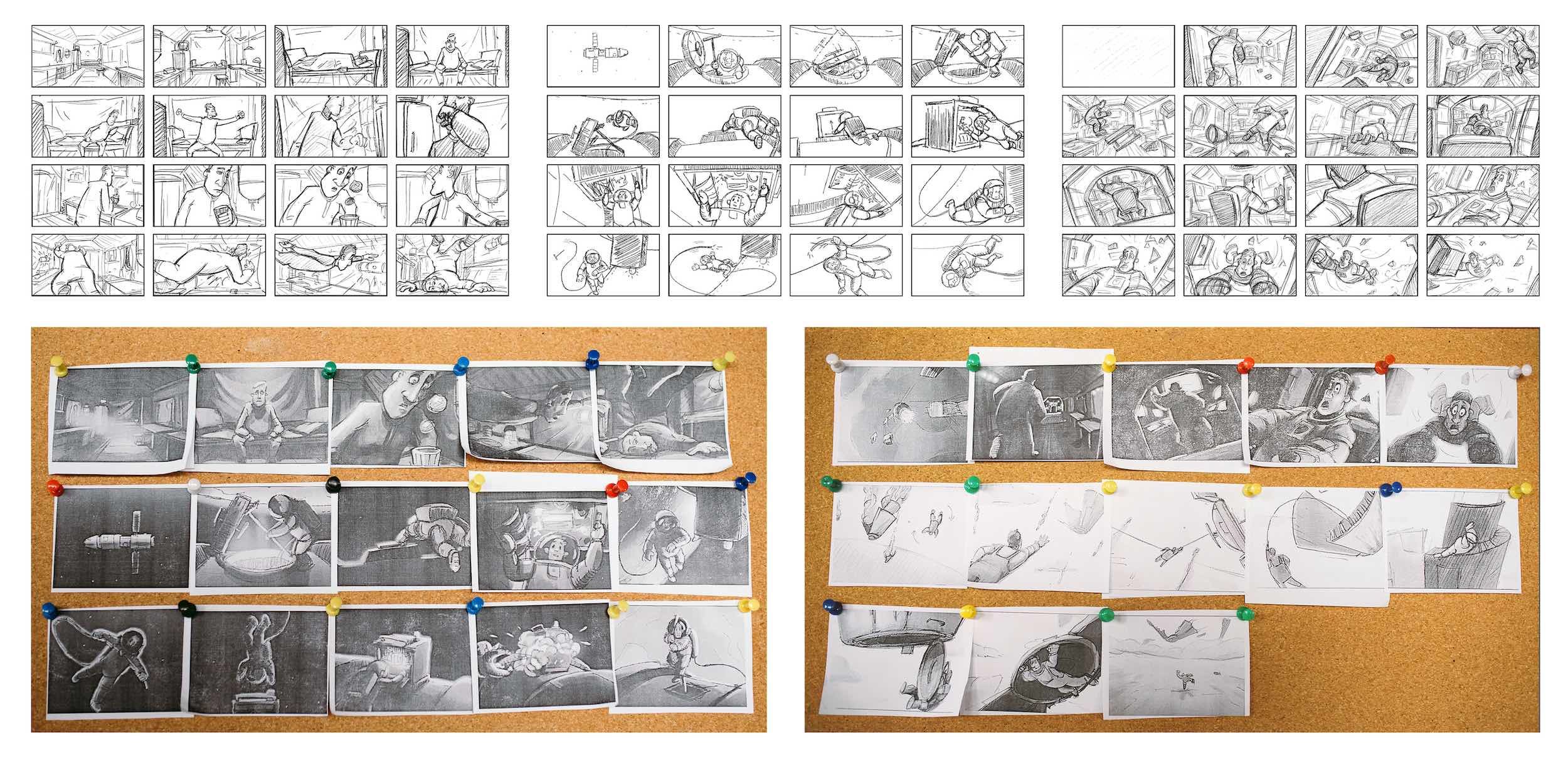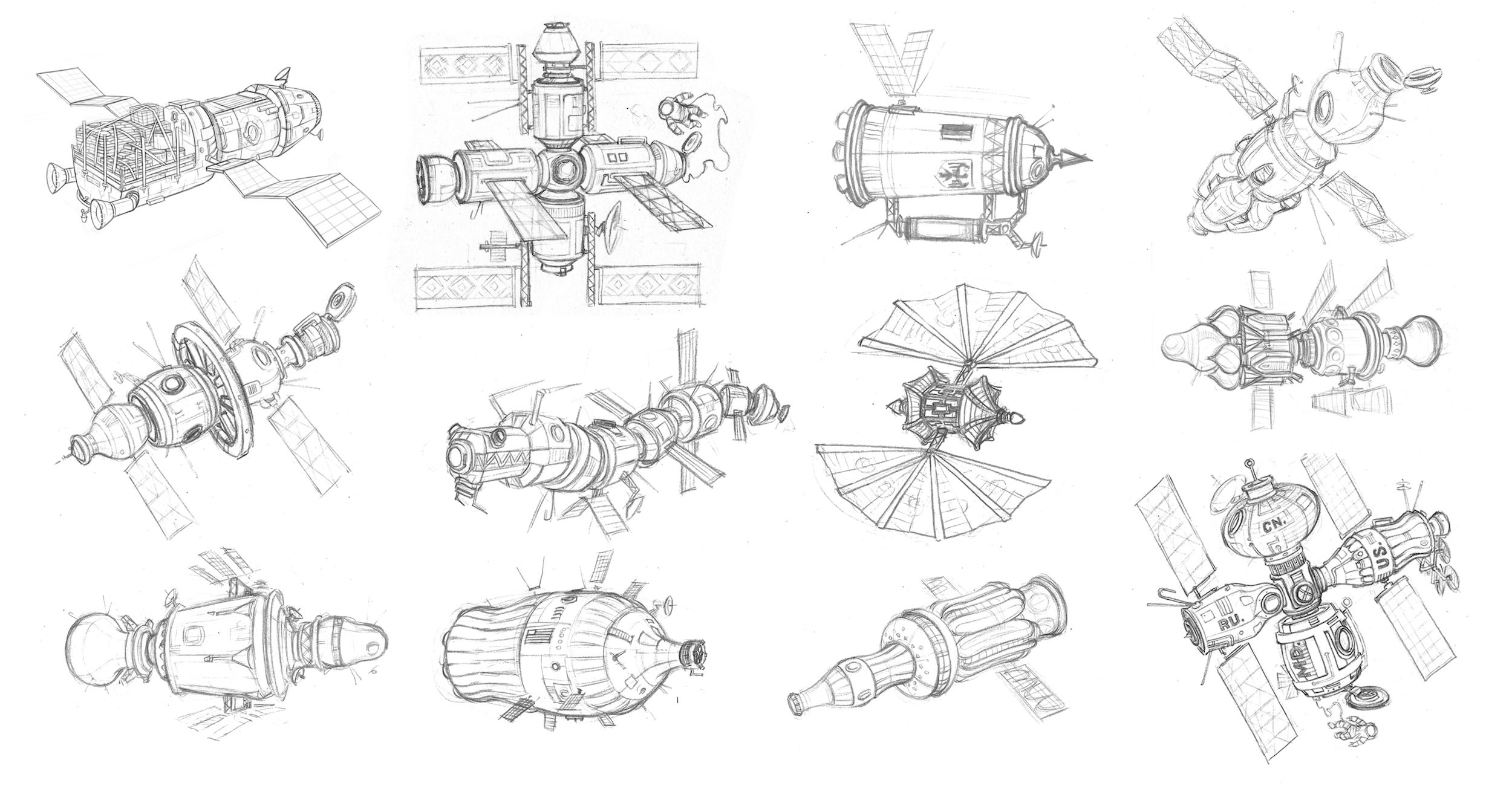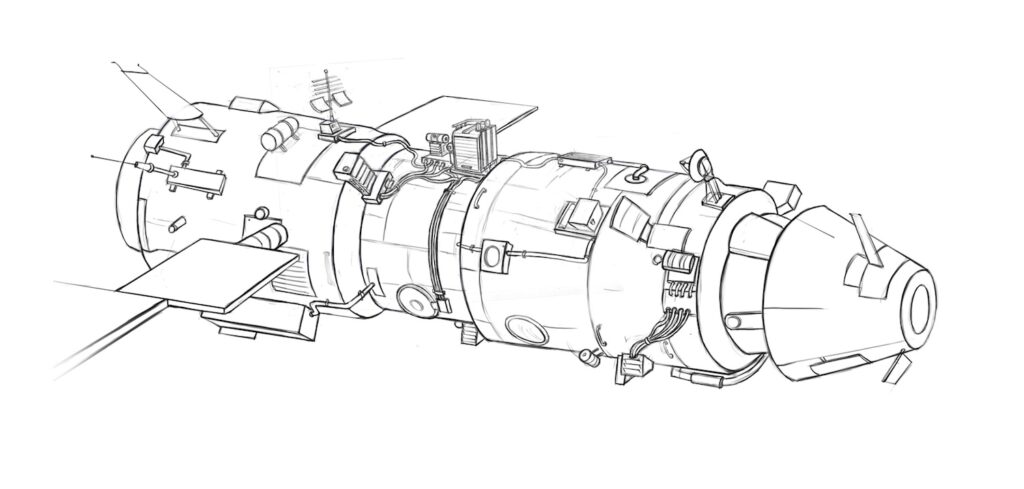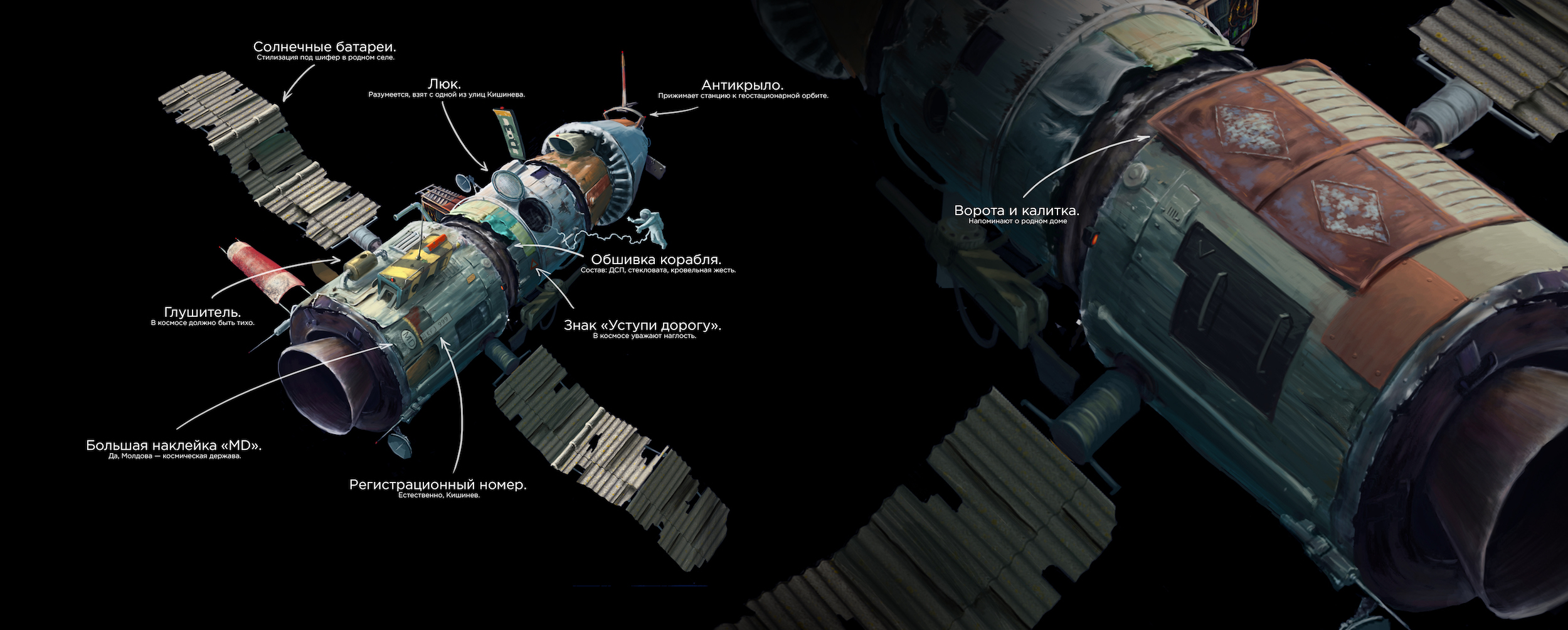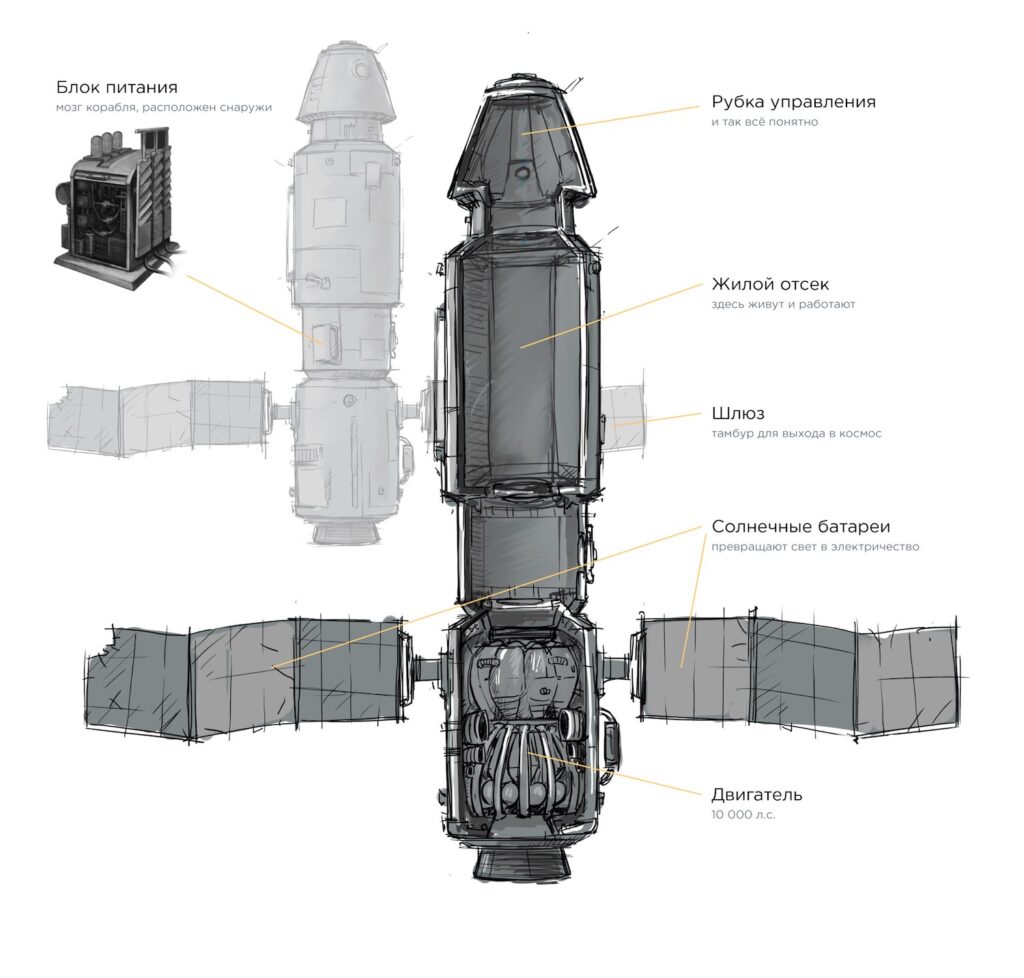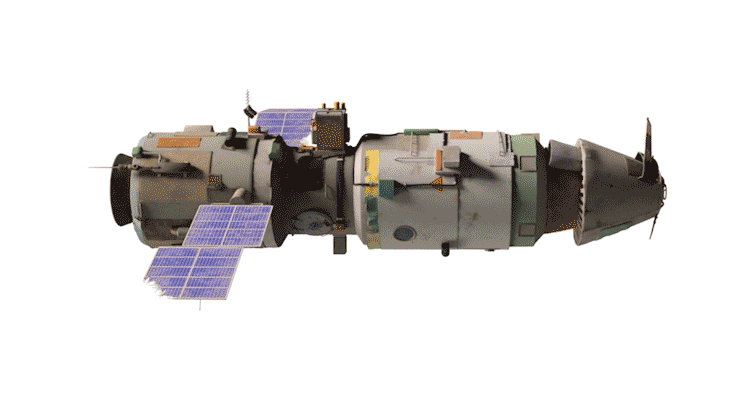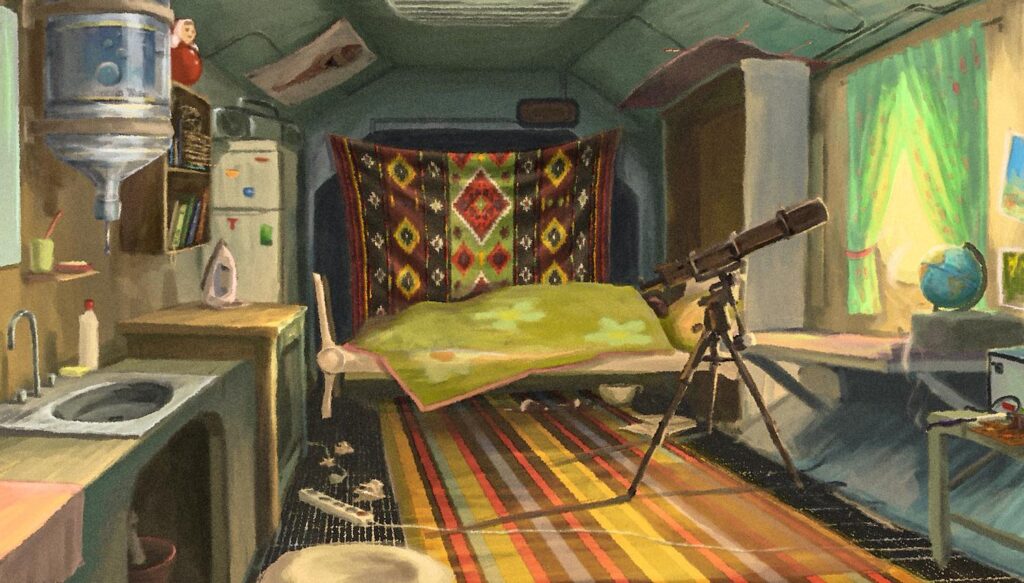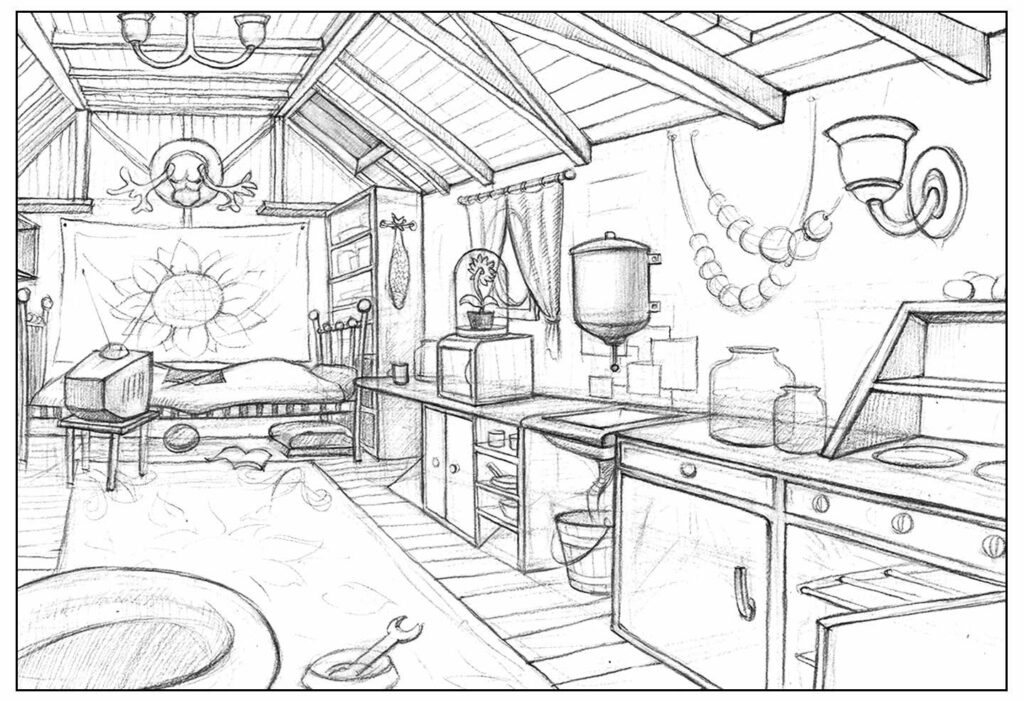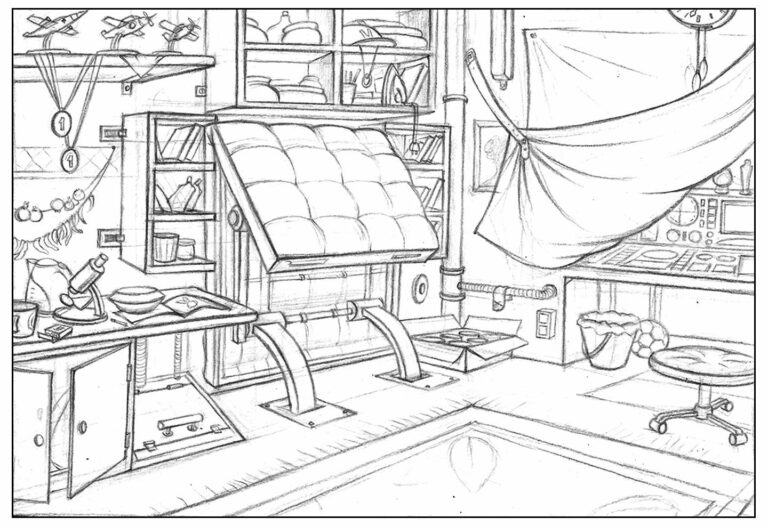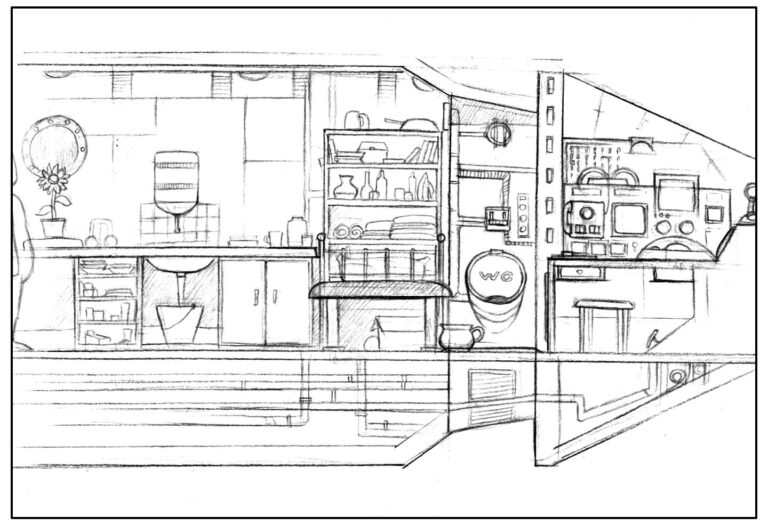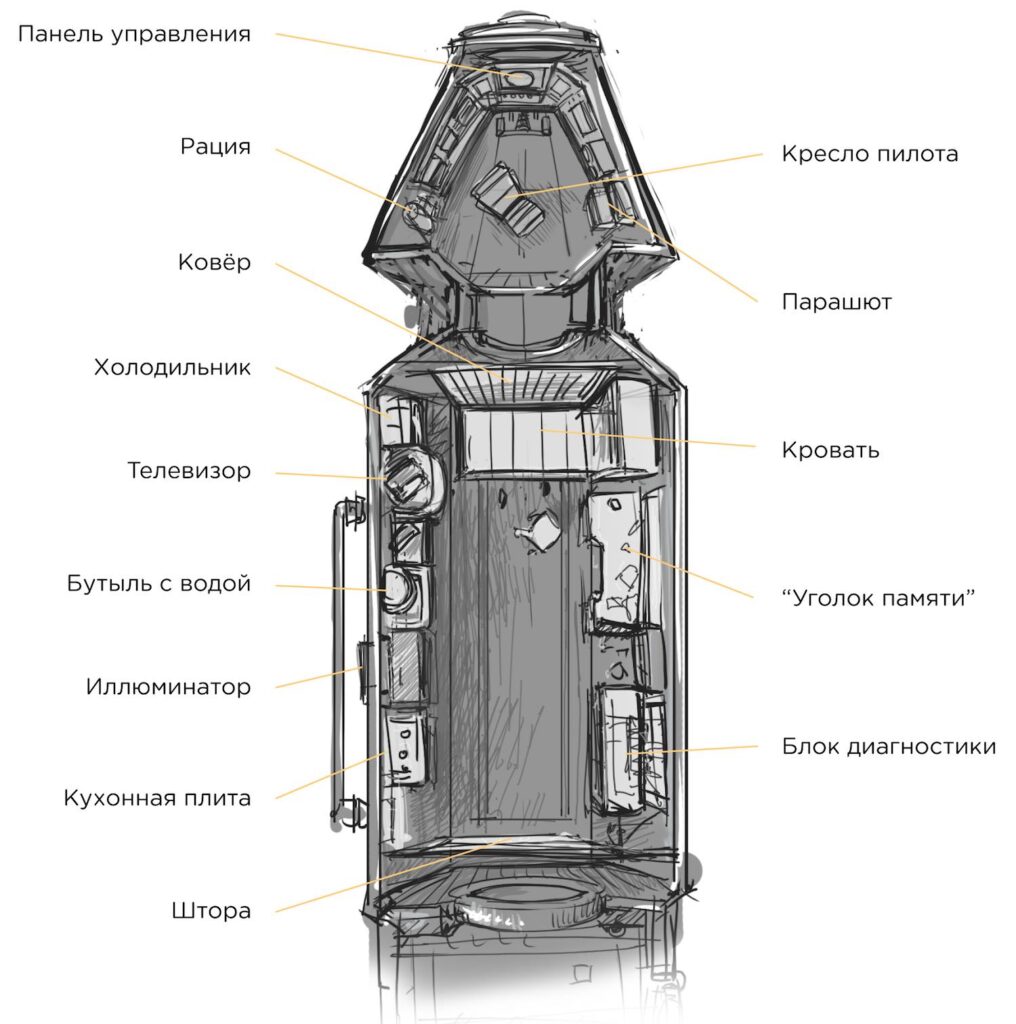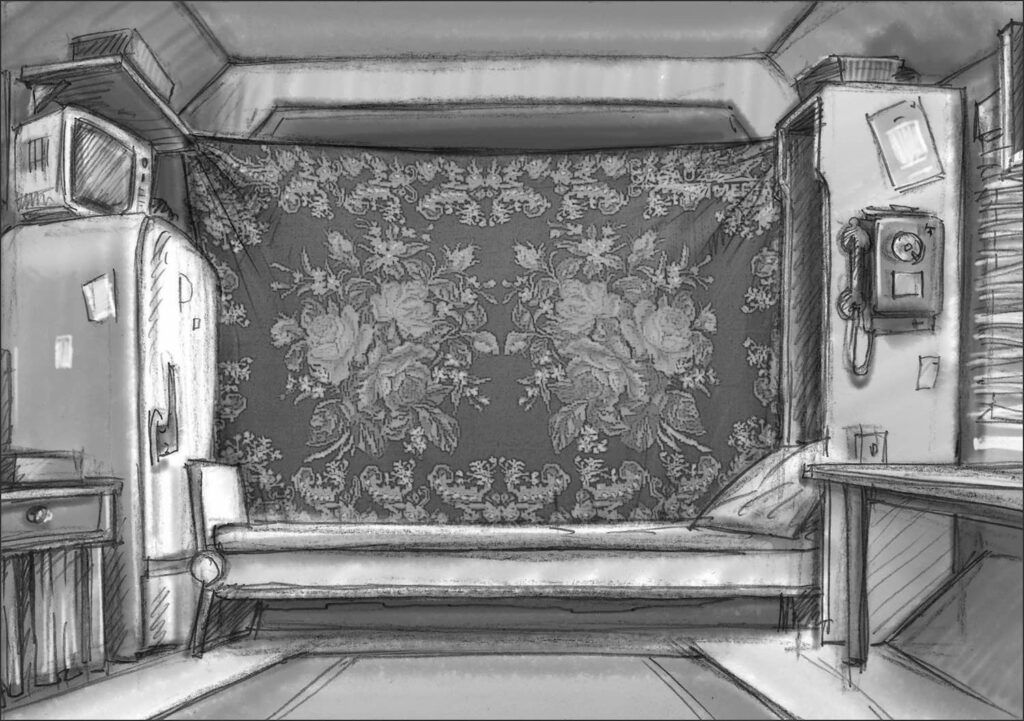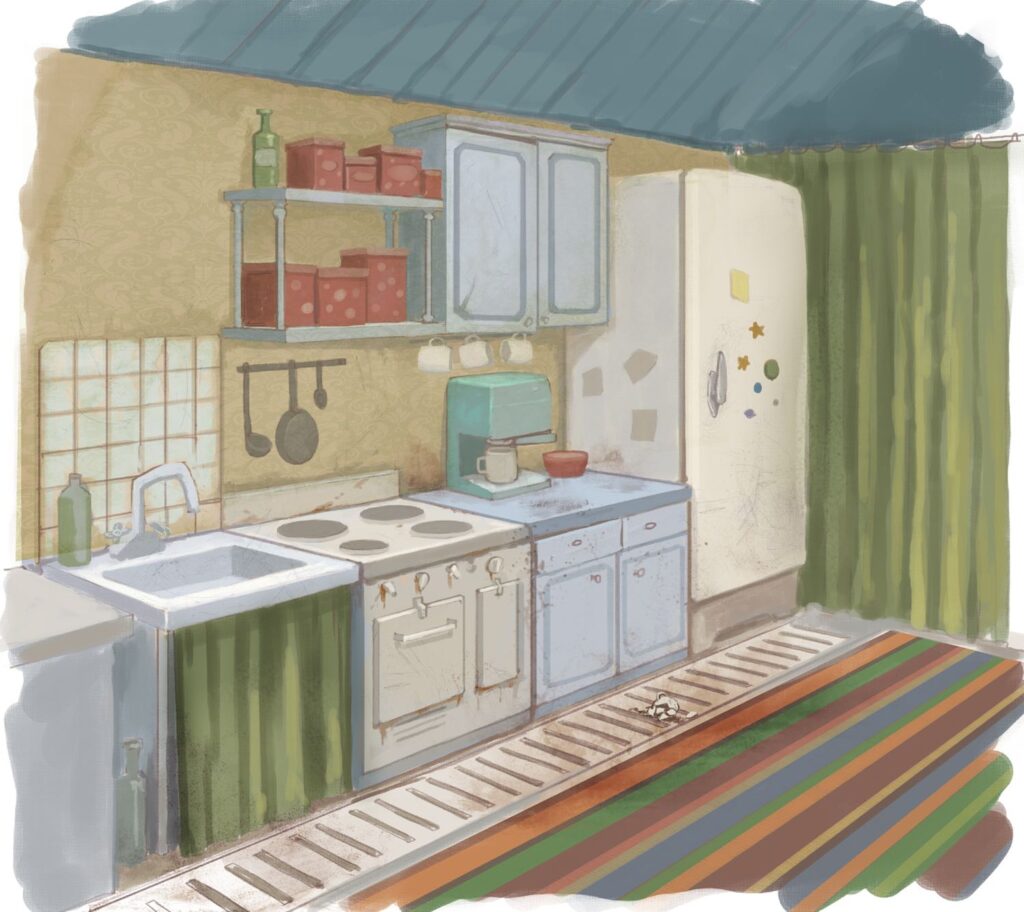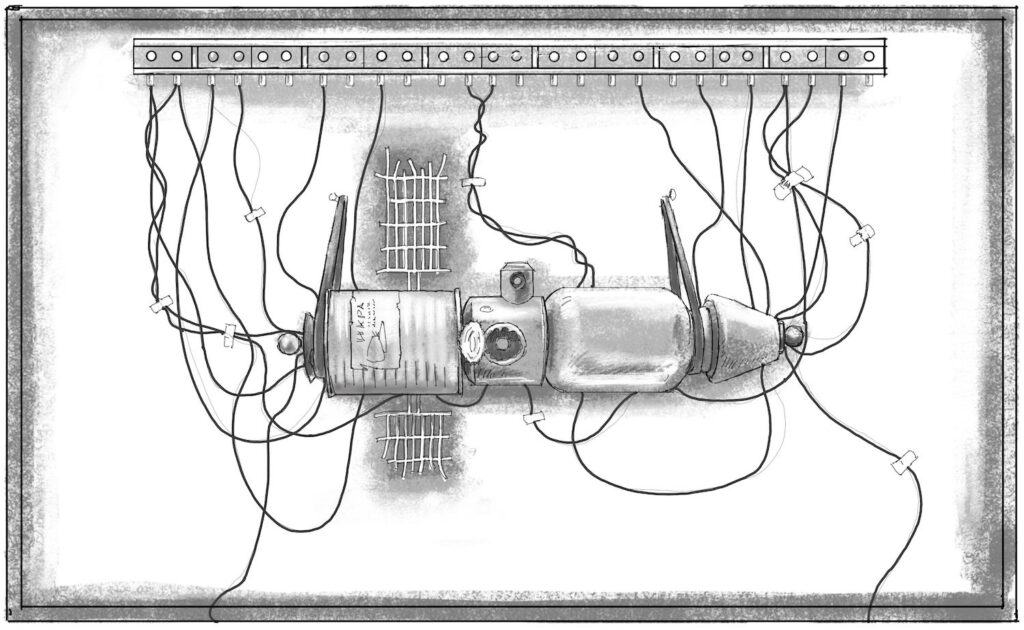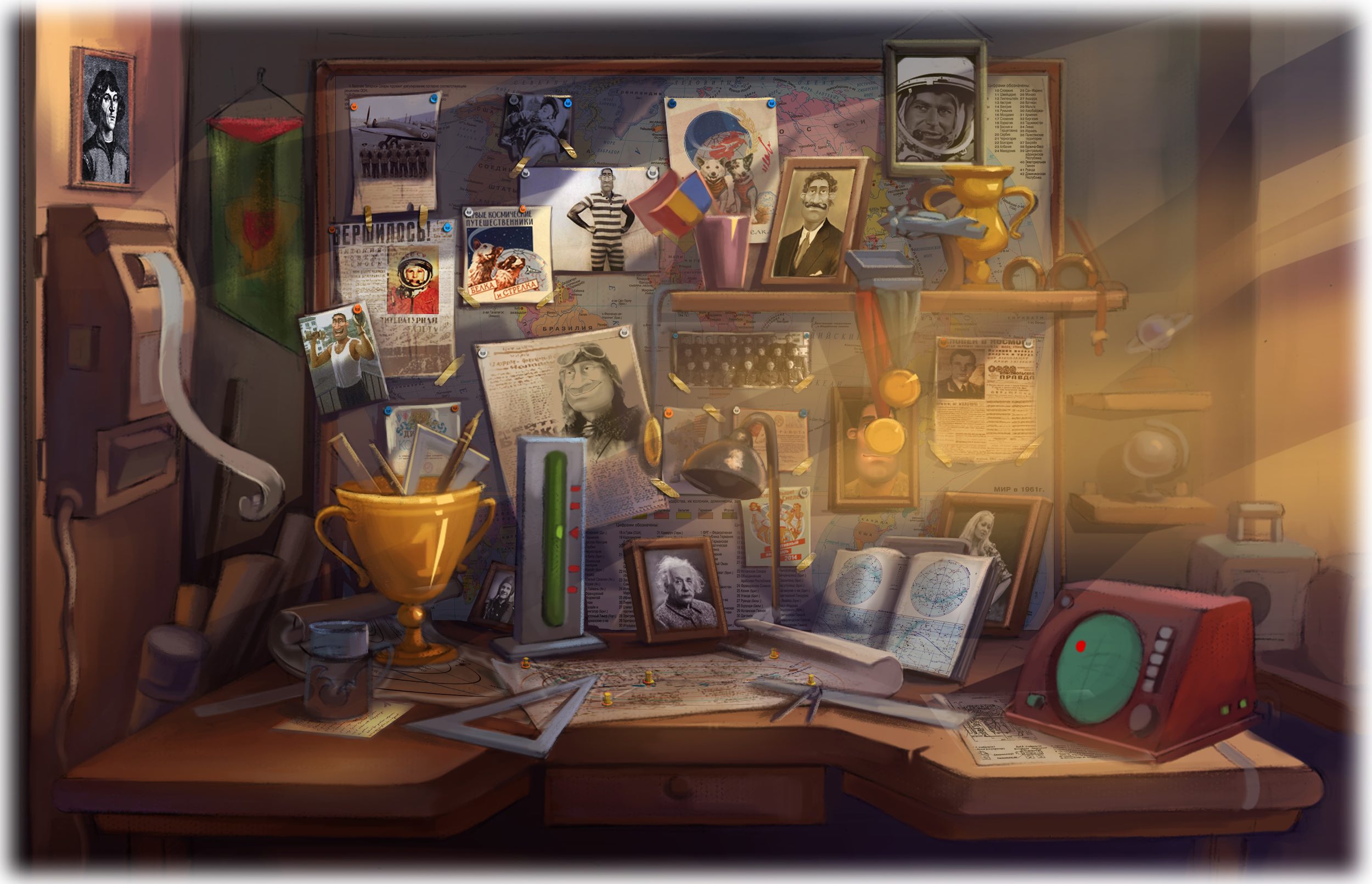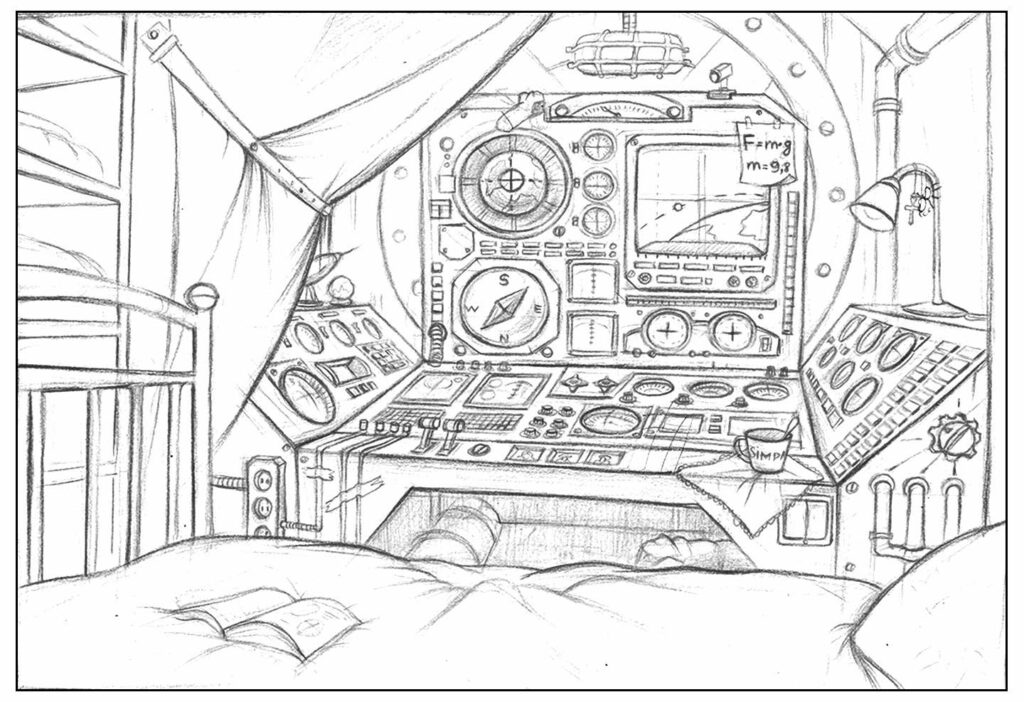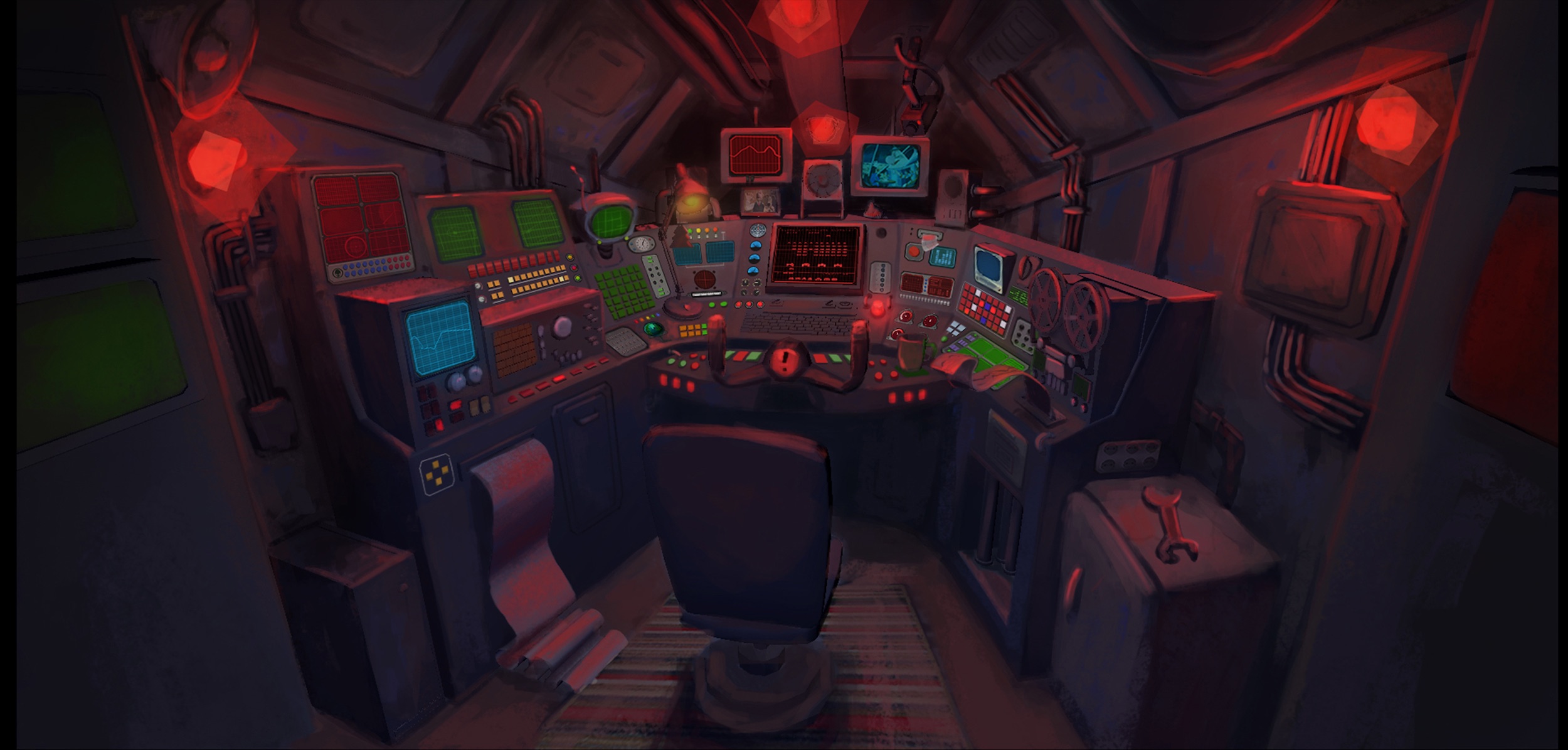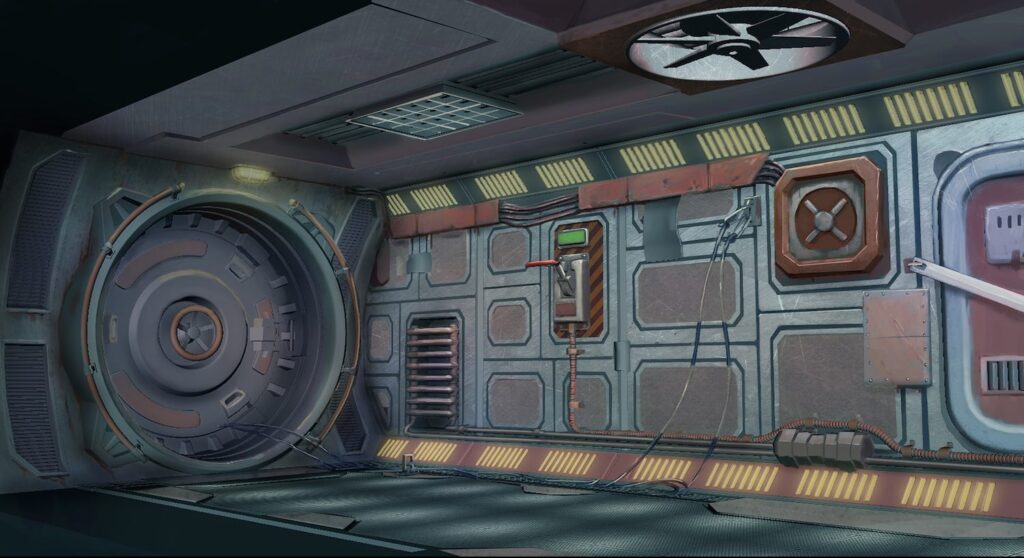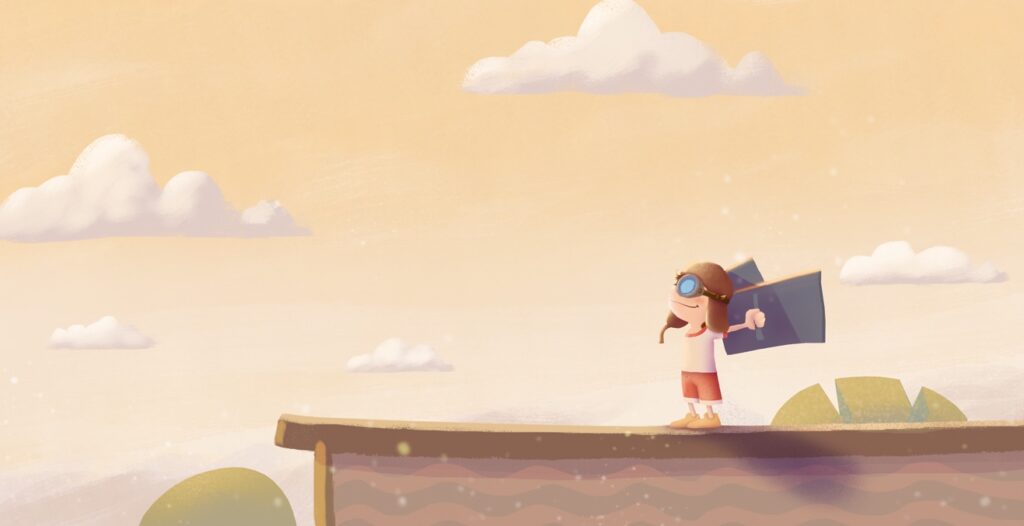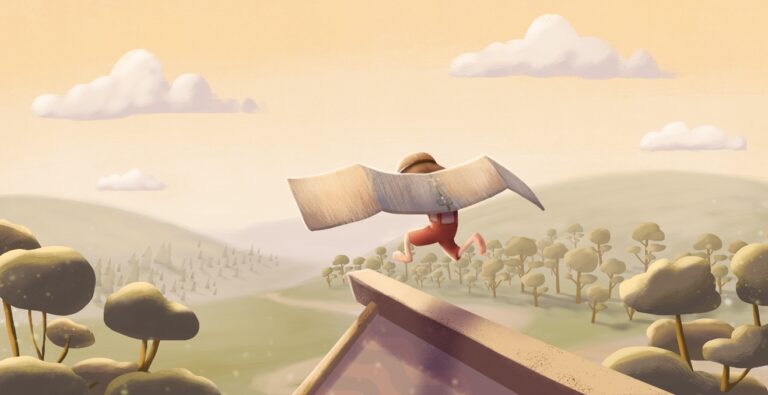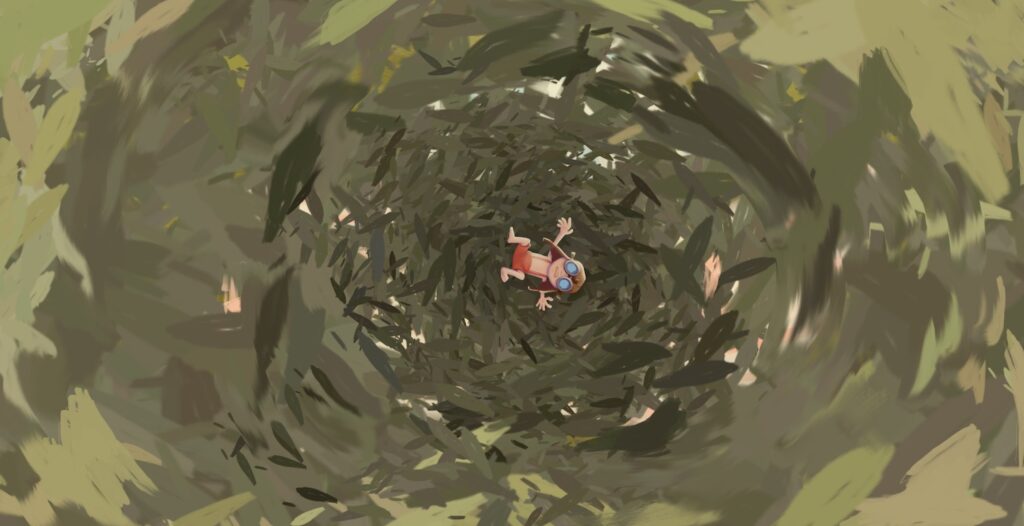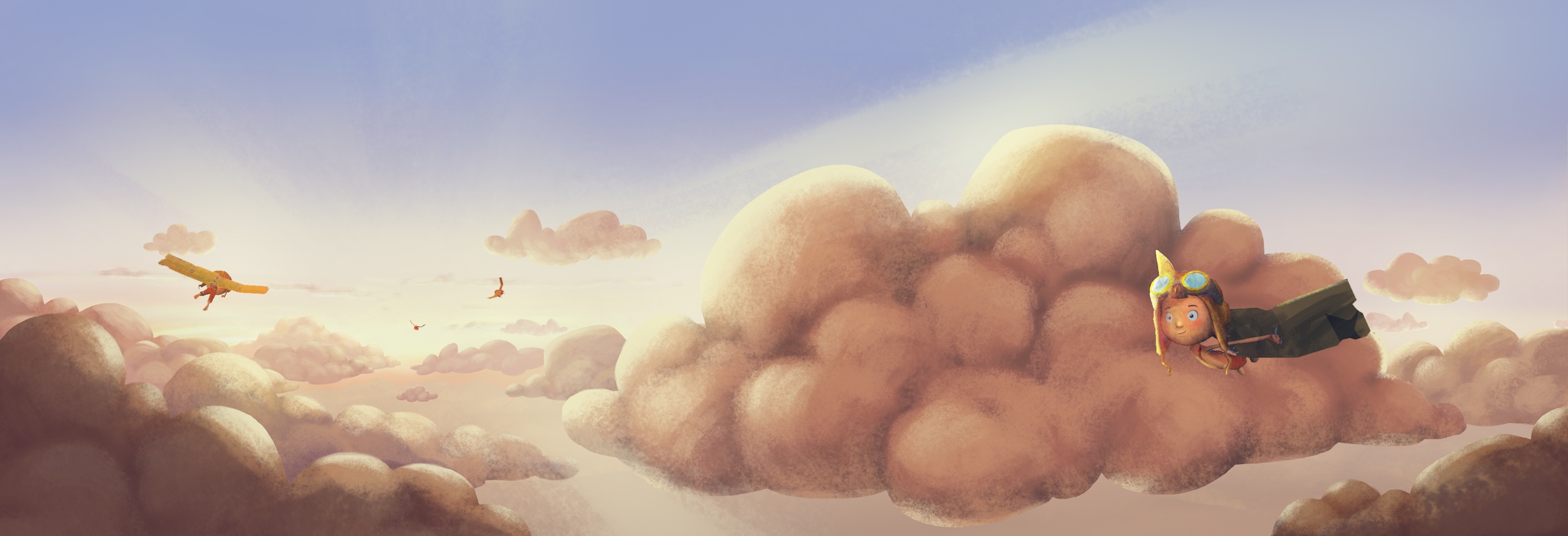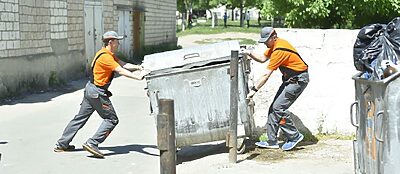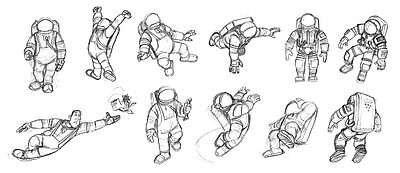On 4 November 2013, Moldova launched its first spacecraft into Earth orbit, becoming the first country in Eastern Europe to independently conquer space. In truth, the rocket was plastic, and the Simpals company launched it with a weather balloon. For us it was then a perfect excuse to get together with friends and fool around.
No one imagined that day that the topic of space would be the main theme for our animation studio for three long years. But first things first.
Each new cartoon was a challenge for us, the Simpals Studio team. After Dji. Death Sails where the action took place on the water, we began to figure out where else to set our beloved character. We kept thinking and understood that space was an ideal place where Simpals Studio had not yet been. Ok, we’re done with the setting of our future cartoon.
Let’s start working! That is, we’re getting down to the plot.
Variant №1. “Death and the scotch tape”
At first, we thought to make the classic Simpals-style cartoon: light, fun, with lots of gags. That’s how we got another story about Dji, who comes for an astronaut, but as usual, everything is not going according to the “deadly” plan. Cheerful, provocative and … trite. Though nice, the product turned out “empty”.
Variant № 2. “The sunflower and the dog”
After long discussions and disputes, we began to make a new cartoon, adding a “companion” for the astronaut – a sunflower in a pot. It became a little better, the hero turned out a little livelier, but still it was not enough. And we added another character – a charming little dog.
The new version of the cartoon featuring already four characters talked in a humorous key about friendship, willpower and the fact that there are no hopeless situations. We even managed to show the cosmonaut’s longing for his native land.
Work in the studio was in full swing, but soon an unexpected problem appeared – we got mixed because of so many heroes. Who is the cartoon about? Is it about Dji? About the astronaut? Or about the dog? Or maybe about sunflower? The story “hung” in zero gravity.
Variant № 3. “Virtual reality”
Therefore, in order to make our story more complete, we reluctantly did what we had not expected ourselves to do — we removed everyone, except the astronaut. Although, Dji still edged into the final cartoon version as an easter egg.
After this massive “sweep” we had a great idea – since we are still doing a cartoon about space, why not try a new technology? We did plan to do a cool project, so that the emotions of the audience run high. And in order to immerse the viewer in the universe of our cartoon, we decided to make it … for virtual reality! (VR).
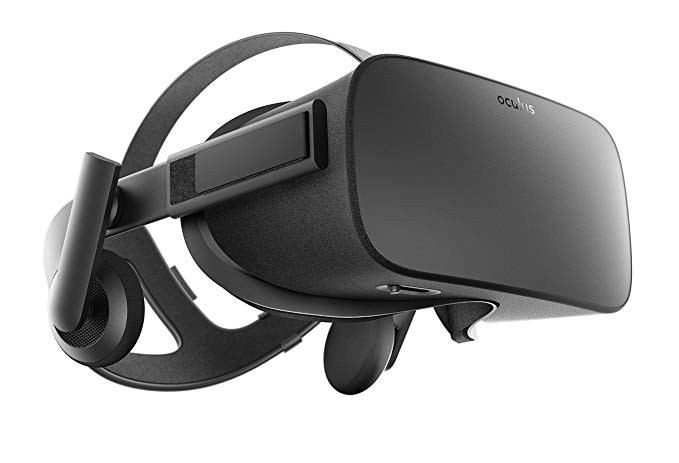
Then (as well as now) it was totally rancid and trendy. There were only a dozen teams in the world that worked with VR, and it was very interesting for us to be among the pioneers. Moreover, VR is a very cool tool that enables you to show the “real” space. Well, that’s easy to say “Let’s do it!”, it is not so easy doing it. None of us then knew anything about nothing else but VR. And we began to diligently study everything that we could reach. In short, we chose the longest way, yet the most productive: the cut and try method.
But in spite of all our efforts, the story we told was trite and looked more like leisure-time entertainment (even though very cool). And what we wanted in fact was giving the cartoon some lyrism and affection, making the audience think about things that matter.
Variant № 4. The wings
I want to tell you about a friend of mine – Yurka Boroday. Not just a fellow or comrade, but a real Friend, who rescued me more than once in difficult times and was beside me when I was celebrating a victory. I met him in the nineties, when I needed an angle from the hang-glider for the making of a commercial. Then I learned about Yura-the-hang-glider – the dude who raves about hang-gliders, builds his own small airfield and teaches everyone to fly. Our friendship began after a joint flight and a boot that fell down.
You know, he was one of a kind – naive as a child and confident that the world is beautiful in all its manifestations, that all people are perfect, and Evil was invented by Marvel to make their films more captivating. And his smile that did not disappear from the face was an incredible demonstration of love for this world. He lived in an open field, next to his airfield with his two sons and his beautiful wife. He gave all his free time to them – he taught children to fly, and spent long evenings around the fire with his beloved woman.
Hundreds of people went through his hang-gliding courses and learned to fly. After all, the flight, as Yura said, is a dream come true. By the way, it was with him that we launched a rocket into space in 2013.
A year later, in September 2014, Yurka left his home and went missing. That’s how I lost my Friend. A friend whom I still cannot replace with anyone else. His smile, his naive view of this harsh world, his hiking songs and his belief that any dream will come true …
One day, after another unproductive attempt to instill soul in our cartoon, I suddenly froze, stunned by a simple thought —
Why! This cartoon is about Yuri and his dream!
I started writing and after an hour I had a script that I dedicated to my friend. The story developed an unexpected depth, became sincere and gave pause for reflexion.
From this moment on, the cartoon literally got wings. Yes, having drafted off the idea of flight, we not only added the idea of a hang-glider to the cartoon, but also chose a multiple-meaning and imposing name – “ARIPI”, which is the Romanian word for “wings”.
“ARIPI” story outline
Since childhood, our hero dreamed of being a hang-glider and waft the skies with his wings. But life, unfortunately, does not match our childhood dreams, so after 30 years our hero works as a security guard at the old space station, maintaining it in working condition. Over the years in space, he settled down and arranged his home as on earth. But the homesickness and the longing for flying in the clouds made him an unhappy tired man, for whom each new day is just one more step towards the end of a failed life …
One day, some minor problems lead to bigger problems, due to which the ship loses control and collapses to Earth. And now the astronaut will again spread the wings of his dreams and return to childhood.
Storyboard
As you have already got it, making a cartoon is not an easy task, as any other creative work. Something will always be finished, something will be crossed out, something else will be completely forgotten and left behind. The product becomes alive and literally begins to be impudent to its creators. Now the logic of actions is lame on both legs, now the story goes the wrong way, then something else. Therefore, we had a lot of storyboards. Each of the variants was meticulously watched at meetings: something was removed, something, on the contrary, was added.
The universe of ARIPI
In all previous works of the studio, the action took place in confined space, but especially for ARIPI we created a whole universe with several locations.
“Houston, we have a problem”. What will the spaceship look like?
No matter how many scenarios we wrote, the spacecraft always remained the space where our story was unfolding. This is an axiom. But the question “What does the space station look like?” remained open. At first, we wanted the station to reflect the national flavor of Moldova: modules in the form of wine barrels, bunches of grapes and all that stuff.
We even had an idea that several space stations are present in space, and that they reflect stereotypes about different cultures. So, there were sketches of spaceships in the form of American coke bottles, a German beer mug, a Russian samovar and a matryoshka or maybe a Chinese dragon …
But in the end, we decided that our spaceship should look like a modern space station.
We even wanted to hang various elements all over the space station, so as to reflect Moldovan local realia.
After all we decided to have a legend giving details on the spacecraft. Imagine the near future, let’s say years 2030–2036. Moldova launched its first orbital ship. As usual, there is no money in the budget, that’s why they bought a second-hand spaceship on a classifieds board. Made in… nobody knows. Probably China. One thing we know for sure is that it has not been hijacked. It’s an old space station, which requires constant repair. To do this, the astronaut is on duty on the ship, and this is what he actually does – repair and maintenance. He has no other job.
According to the structure, the Moldovan “starship” is a solid average, consisting of four parts: the control cabin, the living compartment, the manlock chamber, the engine.
The station is powered by solar panels and, like any other station, ours has a control block, but for some reason it is located outside, not inside. Remember China, huh? As a result, the 3D model of the station began to look like this:
Space residence
If we dealt with the exterior quite quickly (for such big-scale work ), then it took us much longer to work on interior design.
Well, firstly, because the “snag” was planned. We did not want the viewers to immediately figure out that they are on a space station. We tried to make it look like a barn or an apartment … And the fact that behind the curtains there is open space should have become clear only after a certain moment.
Secondly, we really wanted all the objects and every corner of the station to be more than the background for what was happening. The task was to tell as much as possible about the life and nature of the main character with the help of details. That is why the design of the living compartment was thought out as carefully as possible: everything is not in a non-systematic fashion, but located according to some logic.
The astronaut has been on duty at the station for a long time and by all means trying to make his job more comfortable: he orders various stuff from Earth that would remind him of home. Therefore, there are curtains on the windows, bookshelves on the wall, and some floor covering or an old rug on the floor.
Visually, the “space home” is divided into several zones:
1.Resting place
There is the astronaut’s bed, where he sleeps after a busy day. On the wall there is a telephone for communication with the MCC (Mission Control Center). And there is also a modest TV set to help him distract from the routine.
2.The kitchen
Everything is like in a bachelor’s kitchen: a stove, a sink, and a dish rack on the wall. Since there is no running water, the astronaut uses a wash-hand stand (just like in villages). Firewood is stacked under the stove (yes, real cosmic firewood to save electricity and other fuels). In the corner there is a fridge that stores space borscht and definitely hominy.
3.Diagnostic unit
This is a mock-up of the station where the main technical units are marked with lamps. If there is a problem somewhere, the lamp automatics signals about it, and the astronaut is sets forward to solve it. There are all sorts of drawings stacked on the table, although the hero already knows by heart the entire structure of the “starship”.
4.“Memory corner”
This is how we identified one of the most “lyrical” spots of the spaceship. Here the astronaut takes some rest for the soul and dreams of something intimate. Here he has various photographs from his past life on earth, medals, cups, flags of the countries he visited or would like to visit, portraits of childhood idols, clippings. As you take a look at the “memory corner”, you will be able to understand that the hero, before becoming an astronaut, was a hang-glider and flew over his native land. That is why there are hang-glider models that the hero has assembled on his own, dreaming about how he would fly again one day.
There is a very important detail in the living compartment – the Moldovan carpet in front of the control cabin. The hero is so disgusted with his work that he decided to stand off all the equipment, at least with the help of a piece of cloth
If we refer to the control cabin, all the control devices are concentrated there, but since the station had been in a stable orbit a long time ago, the astronaut lost count of when he last inspected the module.
By the way, there is one place on the spaceship that no spectator has ever seen — the manlock chamber. We decided to not include it in the final version. Only the concept art has survived. An exclusive piece, in a literal sense.
What sort of dreams do they see in outer space?
When the main character was a little boy, he had a dream – he desperately wanted to fly. Once he climbed onto the barn and tried to fly up with a pair of cardboard wings. Of course, no flight happened and the boy fell to the ground, but this did not discourage him from flying.
He grew up hoping that his dream would come true one day. He studied, became a pilot, then an astronaut. But now at the space station he does not fly: he just watches out for the lamps. Yet the astronaut really wants to fly and he still hopes that one day his dream will come true.
This very moment of the hero’s childhood comes to dreams every night. But how we were supposed to show in a VR-cartoon that something unrealistic is happening around? After much discussion, we decided that we would designate a dream using a hand-drawn 2D image. And in order to emphasize the “oddness” of the location, we drew everything in a “cartoon” style using the chopped contour of the environment. We purposefully used a soft range and a warm color palette for a sharp contrast with the colors from the main part of “ARIPI”.
But this whole wonderful world, created by the studio team, could have remained absolutely lifeless without the main character. And believe me, the history of his appearance was not a simple one, either. In the next part we are going to tell you why an astronaut needs a beer belly, how to improve the spacesuit and where do the characters disappear.
